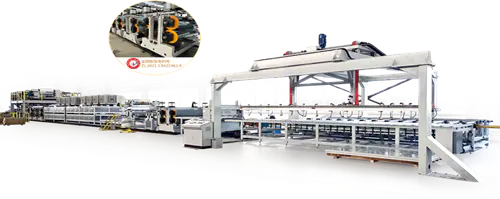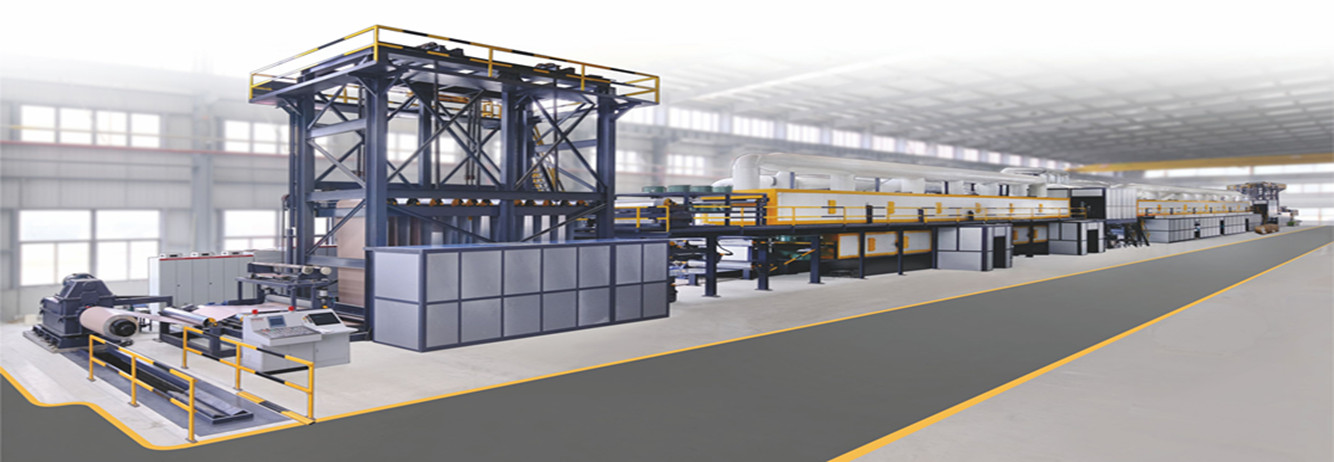Across modern construction and industrial design, surface quality plays a major role in the final appearance and durability of materials. The development of Aluminum Composite Material Engineering has raised expectations for precision and consistency in coating applications. At the center of this process lies the Aluminum Coil, a key material that must undergo several carefully controlled steps to ensure a smooth, even, and durable coating surface. Understanding how aluminum coils are processed offers valuable insight for builders, architects, and manufacturers who rely on both performance and visual integrity in their projects.

The Importance of Surface Preparation
Before any coating is applied, surface preparation is the foundation of achieving uniformity. Raw aluminum coils often contain residues from rolling oils, dust, or oxide layers that interfere with coating adhesion. These impurities are removed through a degreasing and cleaning process, typically using alkaline solutions and soft brushing to ensure that the surface is completely free of contaminants.
Following cleaning, the coil undergoes chemical pretreatment, such as chromate or non-chromate conversion coating. This step enhances the bonding between the aluminum substrate and the paint layer. The treated surface develops micro-level roughness that improves paint adhesion and corrosion resistance. Even minor inconsistencies at this stage can result in visible coating defects, so maintaining consistent cleaning and treatment parameters is essential.
Precision in Coating Application
Once the surface is prepared, the aluminum coil enters the coating line, where precision control determines the final outcome. Aluminum Composite Material Engineering relies on advanced coil coating systems designed to apply paint in thin, uniform layers. The process generally involves roller coating, which allows for controlled application of paint films on both sides of the coil.
Key parameters — such as coating thickness, viscosity, line speed, and roller pressure — are monitored and adjusted in real time. Too much paint can cause sagging or uneven drying, while too little can affect color coverage and durability. Engineers work to maintain a steady balance between these factors to achieve a consistent film thickness that meets project requirements.
Depending on the intended application, two major coating types are commonly used: PE (polyester) and PVDF (polyvinylidene fluoride). PE coatings offer smooth color finishes and flexibility for interior or decorative panels, while PVDF coatings provide stronger resistance to UV radiation and chemical corrosion, making them suitable for outdoor façades.
Controlled Curing and Temperature Management
After coating, the aluminum coil passes through a high-temperature curing oven. Proper temperature control ensures that the paint fully polymerizes, forming a stable and adherent film. Uneven heating can result in surface defects such as bubbles, orange peel textures, or inconsistent gloss.
Modern coating lines use continuous temperature monitoring systems to maintain uniform heating across the coil width. The curing process also influences the mechanical performance of the coating — from its hardness to its flexibility. This balance is critical in applications where the coated coil will later be formed, bent, or bonded into composite materials.
Once cured, the coil is rapidly cooled under controlled conditions to prevent warping and maintain its flatness. These steps together determine the appearance quality and long-term durability of the coated aluminum surface.
Quality Inspection and Testing Procedures
Uniform coating quality cannot be guaranteed without a structured inspection system. Each stage of the aluminum coil coating process includes quality checks designed to detect defects early and ensure compliance with production standards.
Visual inspection identifies surface irregularities such as pinholes, color variation, or uneven gloss. In addition, mechanical and chemical tests — including adhesion, flexibility, impact resistance, and corrosion testing — verify that the coating performs as expected under real-world conditions.
Color consistency is another critical factor. Since aluminum coils are often used in large façades or composite panels, even small color deviations can be noticeable when panels are installed side by side. Therefore, colorimetric instruments are used to measure and adjust pigment formulations to maintain uniform shade accuracy across production batches.
Integration with Aluminum Composite Material Engineering
In aluminum composite material production, coated aluminum coils serve as the outer layers that are bonded to non-aluminum cores. The stability and adhesion of these coatings are directly linked to the performance of the final composite panels. A well-processed coil ensures smooth lamination, prevents delamination, and provides long-lasting color and surface protection.
During composite panel assembly, temperature and pressure are applied to bond the aluminum sheets with the core material. If the coating is uneven or poorly cured, it may blister or peel under heat. Therefore, precision in coil coating directly contributes to the overall quality and durability of the finished composite panel.

 中文简体
中文简体 English
English Português
Português русский
русский Español
Español عربى
عربى









